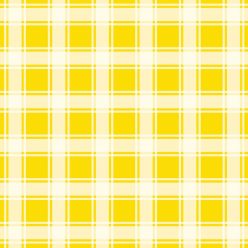This emulation is quite interesting because we get to take a behind the scenes look at one of the most common technologies of today: Snapchat filters. While I am not a Snapchat user myself, I have been involved in the usage of such filters through my friends’ insistence. And I have to say that it is quite fun and ingenious.
I wanted to use Tavi Gevison’s face as when I was younger I used to find her as an inspiration. She is young but she succeeded in pursuing her passion and managed a fashion magazine on her own, which I think is really cool.
However, figuring out the patch was much more difficult.
Using LPD’s patches as examples, I tried to understand the functions of each elements.
Here are some of the things that I found.
I wanted to use a PNG file, but learnt that only JPG files worked. By changing the background to black, the face was cut out nicely instead of having a white box around it.
Something that could be improved is the blending of the face, I understand most of my other friends are faced with this problem too. I think in mine I managed to have not so sharp edges, but there is still a clear distinction between the real face and the swapped face due to high value difference and brightness.







